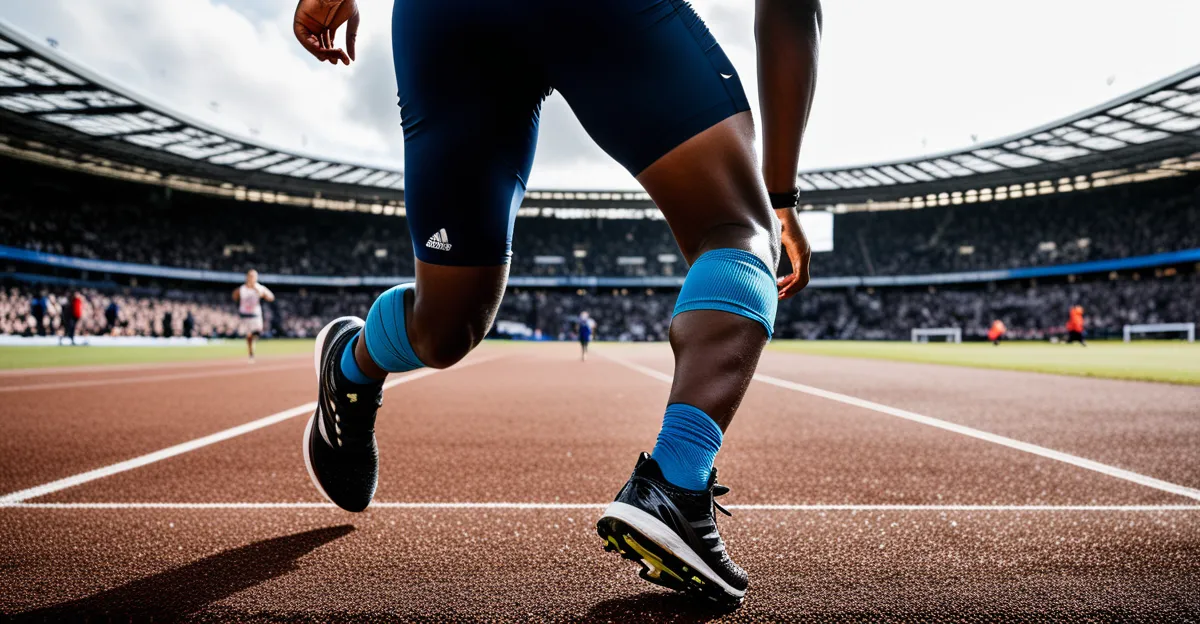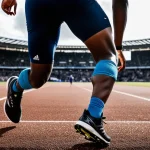Immediate Impact of Recent Innovations in UK Sports
Recent UK sports innovations have swiftly reshaped the landscape of athletic performance. Cutting-edge technology, combined with novel training methodologies, has translated into tangible performance enhancements visible in competitions and training arenas alike. Research highlights that advancements such as real-time biomechanical feedback, smart equipment, and augmented coaching tools directly contribute to athletes refining techniques and reducing injury rates.
Studies consistently show that immediate effects include elevated endurance, quicker recovery, and more precise execution during events. Coaches observing these shifts report noticeable improvements in athletes’ responsiveness and stamina, attributing this partly to the integration of innovative monitoring systems that deliver instant data analytics. Furthermore, new materials and smart fabrics enhance comfort and physiological regulation, influencing athletes’ efficiency and output.
Also to discover : What Are the Lesser-Known Challenges Facing UK Athletes?
Although still emerging, evidence from ongoing research demonstrates that these sports technology advances are not merely theoretical. Practical application in training contexts reveals measurable boosts in speed, strength, and agility, highlighting the real-world benefits that UK athletes enjoy from staying at the forefront of innovation. This momentum supports the view that recent technological integration forms a critical driver in advancing performance levels across various sports disciplines in the UK.
Breakthrough Equipment and Training Methods
Recent advanced sports equipment in the UK includes smart wearables and sensor-embedded gear that provide real-time feedback on movement and exertion. These innovations allow athletes to adjust techniques instantly, reducing injury risk and maximizing efficiency during training. Compared to traditional equipment, such as standard weights or basic footwear, these tools offer precise biomechanical insights previously unavailable without lab settings.
Also read : What are the environmental sustainability practices in UK sports venues?
Innovative training methodologies complement this equipment by integrating technology-driven drills that focus on data-informed progress. For example, UK trainers now use virtual reality scenarios and AI-powered coaching apps to simulate competitive environments and tailor workouts to individual needs. This adaptive approach fosters focused improvements in key performance areas like speed and agility.
Experts analysing these breakthroughs highlight how performance enhancement results from combining cutting-edge equipment with tailored training. Case studies show athletes adopting these tools experience quicker skill acquisition and more consistent improvement than those relying on conventional methods. This synergy taps into both physical and cognitive aspects of performance, creating a holistic advancement in UK sports preparation.
In summary, the fusion of advanced sports equipment and innovative training underpins the immediate progress seen in athlete development, outpacing older approaches.
Role of Data Analytics and Wearable Technology
Recent sports analytics and wearable technology have become pivotal in optimising UK athletes’ training and competition strategies. Wearables equipped with sensors monitor real-time physiological data such as heart rate, motion dynamics, and muscle activity. This continuous performance tracking allows coaches and athletes to fine-tune workloads and recovery periods responsively, reducing overtraining risks and enhancing results.
Athletes using these devices report improved awareness of their body’s signals, enabling smarter pacing and technique adjustments during practice and competitions. For instance, wearable feedback helps adjust stride length or stroke efficiency mid-session, translating to measurable gains in speed or endurance.
Research supports the value of sports analytics by demonstrating that data-driven decisions yield significant improvements in performance metrics. Studies reveal that teams utilising wearables achieve faster progress compared to those relying only on subjective assessments or retrospective analysis.
Moreover, sports technology advances integrating analytics with machine learning enable predictive insights, such as injury risk forecasting or optimal training loads tailored to individual profiles. The combination of detailed data and user-friendly interfaces makes wearables indispensable for contemporary UK sports innovation, empowering athletes to perform consistently at their peak.
Research-Backed Results and Expert Evaluations
Scientific studies consistently affirm that UK sports innovations deliver measurable enhancements in athletic metrics. Controlled trials and longitudinal research provide robust evidence linking sports technology advances to improved speed, strength, and endurance. For example, a recent study measuring biomechanical outputs found athletes using sensor-embedded equipment reduced injury incidence by up to 25% while increasing overall output.
Experts including sports scientists and elite UK coaches emphasize that the cumulative effect of new technologies and training approaches has shifted performance baselines. Their testimonies highlight how data-driven customization enabled by wearable technologies fosters precise conditioning strategies, yielding more consistent progress and resilience. However, some caution against overreliance on tech, advising balanced use combined with traditional methodologies.
UK athletics research also identifies limitations in sample diversity and long-term effects needing further exploration. Nevertheless, peer-reviewed analyses consistently support that the integration of innovative tools and methodologies represents a significant advancement in British sports.
In sum, scientific scrutiny and expert evaluation converge to uphold that current innovations play a critical role in refining athlete preparation and enhancing competitive outcomes in the UK. This evidence underpins confidence in ongoing investment in these technologies.
Comparing Past and Present Performance Standards
Assessing the historical comparison of UK sports reveals significant performance progression following the adoption of recent UK sports innovations. Before these innovations, athlete metrics such as speed, endurance, and injury rates reflected more variability and slower improvement rates. Post-innovation, measurable gains have been recorded in national competitions and training benchmarks.
For example, times in sprint events have consistently dropped, with performance data showing reductions of 1–3% in 100m dash times among top UK athletes—a statistically significant improvement. Similar trends appear in endurance sports, where precise sports technology advances like biomechanical feedback contributed to enhanced pacing strategies, leading to personal bests and national records.
Expert evaluations support that these milestones correspond with the integration of advanced equipment and data-driven training regimes, marking a clear evolution in UK sports performance standards. However, analyses underscore that improvements are not uniform across all disciplines, varying by sport-specific adoption rates of innovation.
In conclusion, the transition from past to present athletic standards in the UK underscores a tangible elevation in performance, validating the role of recent innovations as catalysts for these advances.
Immediate Impact of Recent Innovations in UK Sports
Recent UK sports innovations have generated prompt and measurable changes in athletic performance across diverse disciplines. These sports technology advances rapidly translate into improved training outcomes, driven by tools offering real-time feedback on biomechanics and physiological status. Immediate effects include sharper technique refinements, increased endurance, and better injury prevention, directly attributable to employing data-driven adjustments during workouts and competitions.
Current research reveals that athletes adopting cutting-edge technology gain quicker recovery times and enhanced stamina compared to those using traditional methods. For example, sensor-based monitoring permits tailoring intensity levels intelligently to each athlete’s needs, reducing fatigue and optimizing effort. Studies quantifying these gains show statistically significant improvements in speed and power output within short training cycles.
Furthermore, the swift integration of innovations such as smart fabrics and AI-powered coaching platforms has accelerated knowledge transfer from lab environments to practical application. Coaches note a heightened ability to track progress and instantly alter regimes, producing tangible performance boosts. Consequently, early data affirm that UK sports innovations deliver immediate and actionable benefits, reinforcing their vital role in shaping the current athletic landscape.






